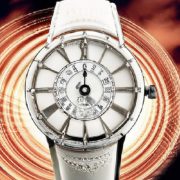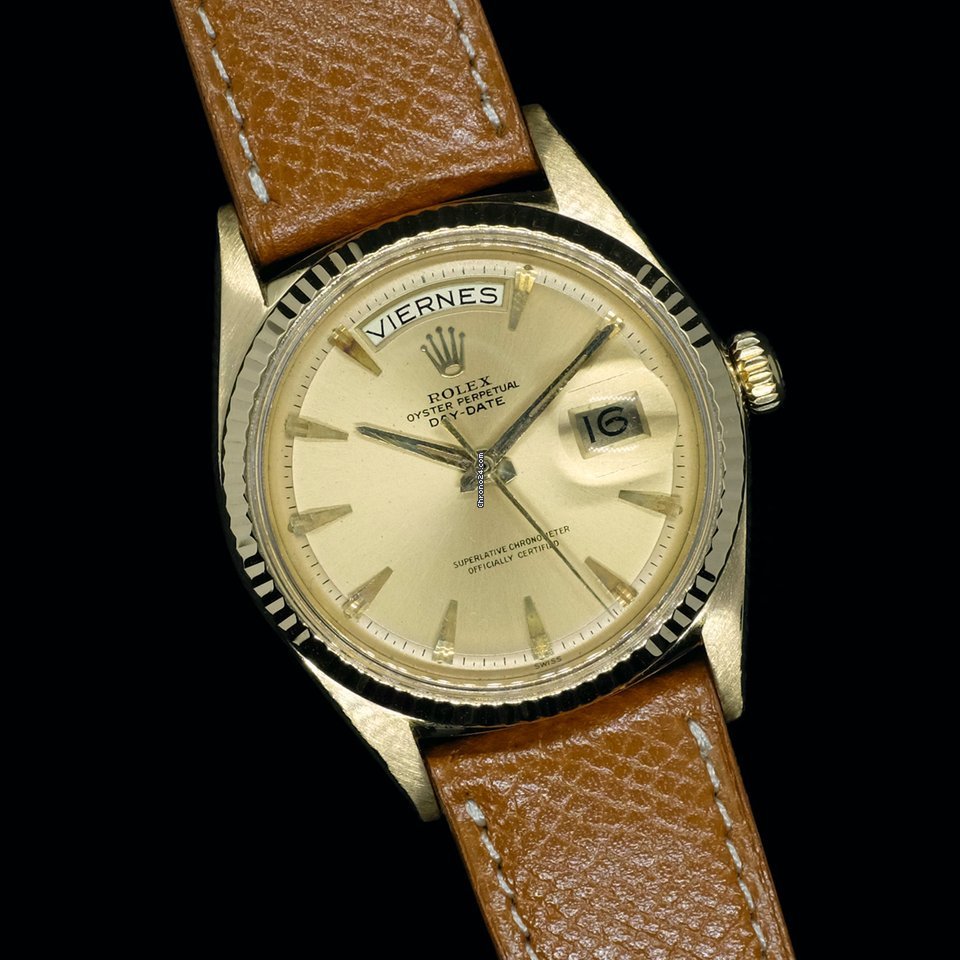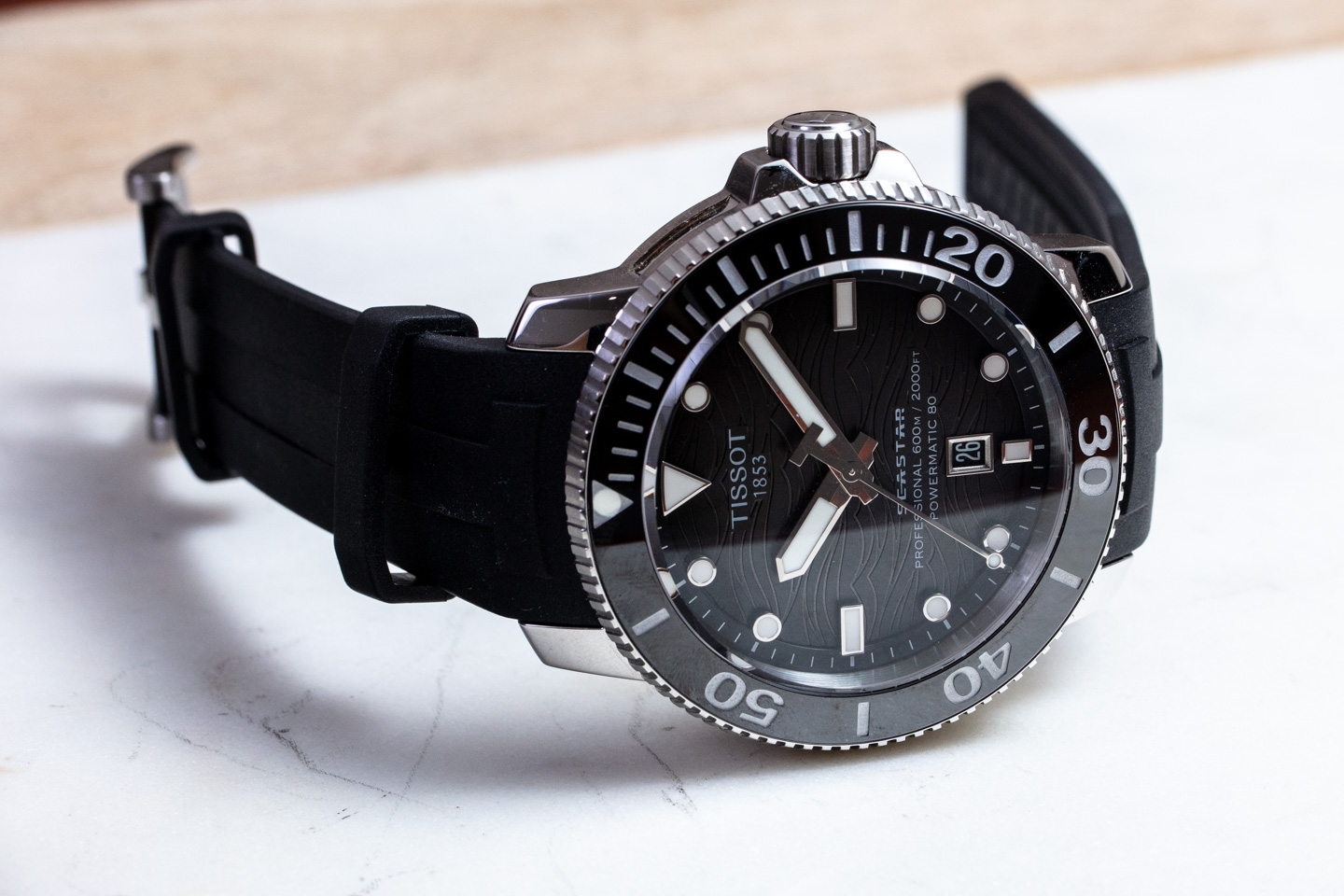In a world where timepieces blend artistry and precision, the care of your watch goes beyond mere ownership; it embodies respect for craftsmanship and the stories they tell. Whether it gleams on your wrist or rests in a display case, a watch is more than just a tool for tracking time—it’s a companion through life’s moments. However, like any cherished possession, watches require a modicum of maintenance and understanding to keep them ticking beautifully. In this article, we delve into the essential tips for mastering watch care, illuminating the key practices for maintenance and repair that every watch enthusiast should know. From the delicate intricacies of mechanical movements to the straightforward routines for quartz models, we aim to equip you with the knowledge to ensure your timepieces continue to shine for years to come. Join us as we unlock the secrets to preserving not just time, but the valuable memories that accompany each tick and tock.
Understanding the Anatomy of Your Timepiece for Better Care
Your timepiece is more than just a tool for telling time; it is a complex device crafted with precision that deserves your attention and care. To maintain its longevity, understanding the various components is crucial. **The case** protects the intricate machinery within, often made from materials like stainless steel, titanium, or gold. **The movement**—either mechanical or quartz—dictates how your watch functions. Additionally, the **dial** and **hands** tell you the time but require careful handling to avoid scratches and damage. Lastly, **the crystal**, which can be made of sapphire or mineral glass, needs regular cleaning to ensure optimal visibility. Familiarizing yourself with these parts will aid you in identifying issues and appreciating your watch’s design.
Regular maintenance can prevent minor issues from escalating into major repairs. Consider the following care tips to enhance your timepiece’s durability:
- Keep it clean: Wipe your watch with a soft cloth daily to remove dirt and sweat.
- Store it properly: Use a watch box or winder to protect it from dust and physical damage.
- Service periodically: Have your watch serviced every 3 to 5 years to check for mechanistic wear and oil degradation.
- Avoid moisture: If your watch is not water-resistant, refrain from exposing it to water.
| Component | Care Tips |
|---|---|
| Case | Clean with a soft, damp cloth. |
| Movement | Get serviced by a professional. |
| Crystal | Use a microfiber cloth for smudges. |
| Strap | Clean leather with a specific conditioner. |
Preventive Maintenance: Key Practices to Extend Your Watchs Lifespan
To ensure your timepiece remains in optimal condition, adopting regular care routines is essential. Begin by **cleaning your watch** regularly, using a soft microfiber cloth to gently remove dust and fingerprints. This simple act not only keeps your watch looking pristine but also prevents the buildup of dirt that can impair mechanical parts over time. Additionally, be mindful of **wrist exposure**; avoid wearing your watch while swimming in chlorinated water or exposing it to extreme temperature changes, which can affect both the casing and the internal mechanisms.
Another vital practice is to **service your watch periodically**, ideally every 3 to 5 years, depending on the type of movement and brand. During these check-ups, a professional can evaluate the lubricants, springs, and seals to ensure everything functions as intended. To extend the life of your watch further, consider **storing it properly** when not in use. Utilize a watch box or travel case that offers protection from dust and moisture, ensuring a clear separation between multiple watches to prevent scratches. Here’s a simple chart outlining additional preventative measures:
| Preventive Measure | Description |
|---|---|
| Regular Cleaning | Use a soft cloth to remove dirt and smudges. |
| Water Resistance | Check seals and avoid submersion in chlorine. |
| Periodic Servicing | Schedule maintenance every 3-5 years. |
| Proper Storage | Keep in a case to protect from dust and moisture. |
When to Seek Professional Help: Recognizing Signs of Wear and Repair Needs
Recognizing when a watch needs professional attention is crucial to preserving its integrity and longevity. Some signs may not be immediately apparent, but understanding these cues can save time and money in the long run. If you notice your watch running inaccurately, despite regular windings or battery changes, it could indicate a deeper mechanical issue. Additional red flags include visible wear—such as scratches on the crystal or case, loose components, or a foggy appearance underneath the glass. These symptoms can suggest exposure to moisture or dust, potentially leading to more severe damage if left unaddressed.
Timing is everything when it comes to watch care. Incidents like sudden stopping of movement, changes in the watch’s ability to hold time, or any strange noises emerging from the mechanism should not be ignored. If you begin to see signs of rust or corrosion on the case or movement, it’s a clear indication that your watch requires immediate professional evaluation. By staying attuned to these warning signs, you can safeguard your timepiece against irreversible damage and keep it functioning beautifully for years to come.
Final Thoughts
As we conclude our exploration of watch care, it’s important to remember that a timepiece is more than just a tool for measuring moments; it’s a testament to craftsmanship and a keeper of memories. By prioritizing maintenance and understanding the nuances of repair, you grant your watch the longevity and performance it deserves. Whether you’re a seasoned collector or a new admirer, implementing these essential tips will not only enhance the life of your watch but also enrich your experience as a watch owner. Keep your watches ticking with precision, and let them remind you of the moments they’ve marked. So, go forth, apply what you’ve learned, and let your timepieces shine brightly as they continue to chronicle your journey through time.























Comments